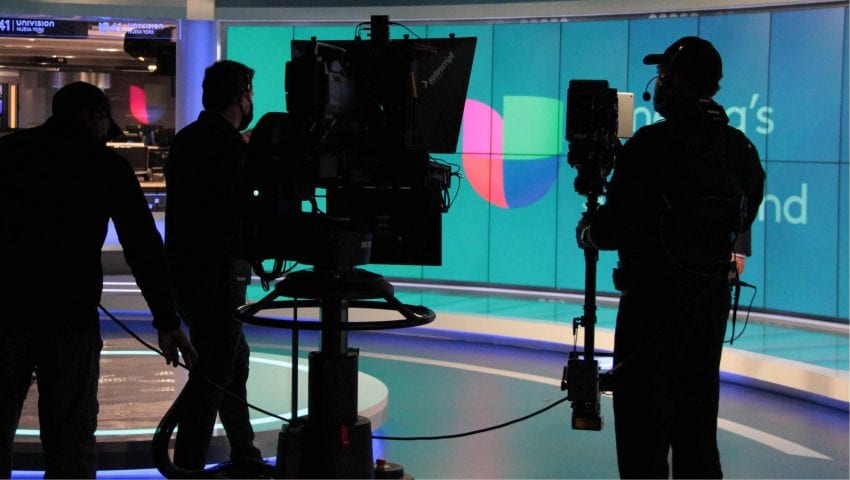Solution 1:
Pre-recorded video can enable you to develop content ahead of time and allows you to add animations and special effects in post-production. Pre-recorded video is often shorter, punchier, and more to the point. Therefore, consider using an agency to help take content and disseminate it into bespoke 1-3 minute videos with punctuated statements, visual references, AV effects, and possibly even subtitles to engage your audience. This is a great way to bring your presenters to the audience, when they are unable to be there live.
Solution 2:
A live broadcast to your invited audience can be a mix of presentations, panel sessions, and fireside chats. It can even involve live audience participation for better engagement and interaction with your customers and clients. There are many suppliers and platforms that can be used for a live broadcast, and the right solution should align with your objective and budget. Some are more accessible and better than others, and many allow opportunities for real-time networking or sponsor engagement.
Solution 3:
Video conferences are more interactive than live broadcasts, and can involve multiple locations communicating in a variety of formats. They tend to be multi-party conversations in which everyone can see everyone else’s video feed and screens, and are more of a dialogue than a one-way broadcast.
Solution 4:
Holograms, also known as “holo-presence,” are a live way to have 3D, two-way interactive presentations, in which speakers can be anywhere in the world. This solution allows for pre-recorded or live, real-time interactions, while saving on travel costs. Holograms can work well for panelists too, as a method of mixing live speakers and those who are unable to be there via hologram.
Solution 5:
Virtual Reality / Augmented Reality (VR or AR) can be used to create unique experiences for delivering content to audiences. AR can be layered on top of livestreams to showcase content in dynamic ways and engage those viewing in ways in-person attendees cannot, and VR can bring the 360-degree experience to attendees. Setting up experience stations or activations for either VR or AR in strategic locations, allows participants to engage with content without having to travel overseas.

